Haddon Hall, majestically nestled in the Peak District, offers a timeless journey through nine centuries of history.
This enchanting estate, owned by the Manners family, remains untouched by modernity’s embrace.
Its captivating charm lies in its preserved medieval architecture and splendid gardens.
Let’s explore 10 unique reasons that showcase why Haddon Hall is celebrated as the most perfectly preserved medieval house.
1. A Family Legacy
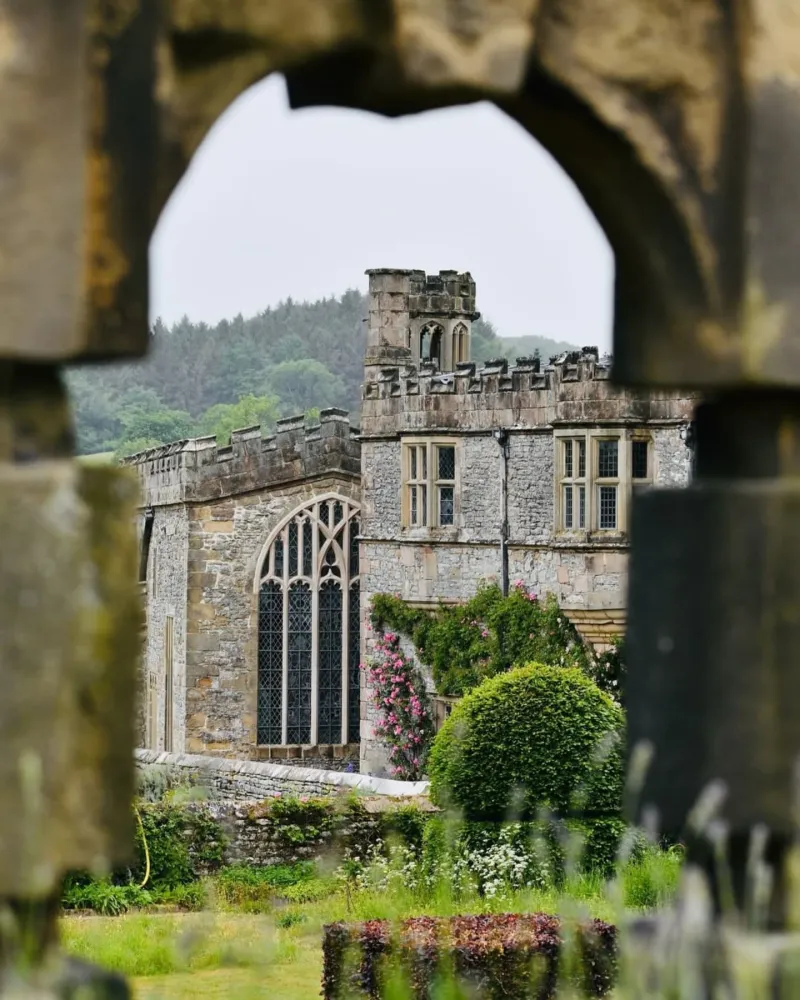
Haddon Hall has been the private residence of the Manners family for over 900 years, making it one of the oldest houses continuously owned by a single family.
This enduring legacy is a testament to the family’s deep connection to the estate.
The Hall’s history is intricately woven with the Manners’ story, offering a fascinating narrative of heritage and tradition that continues to resonate through the ages.
2. Restoration and Preservation
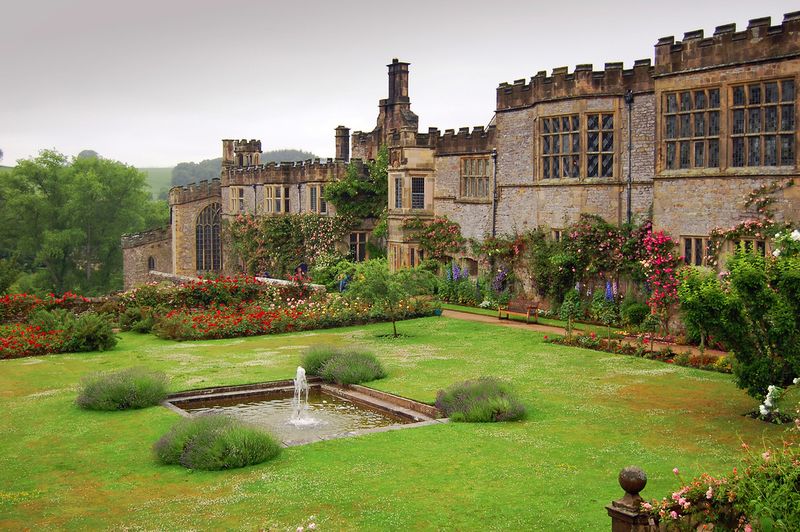
Meticulous restoration efforts have preserved Haddon Hall’s historical essence.
Skilled stonemasons, like R.M. Eaton Stonemasonry, have carefully replicated stonework and restored windows to their former glory.
These projects safeguard the Hall’s architectural heritage for future generations.
The dedication to preservation ensures that Haddon remains a living testament to medieval craftsmanship and resilience.
It’s a commitment to history that continues to inspire and educate.
3. Time Stood Still
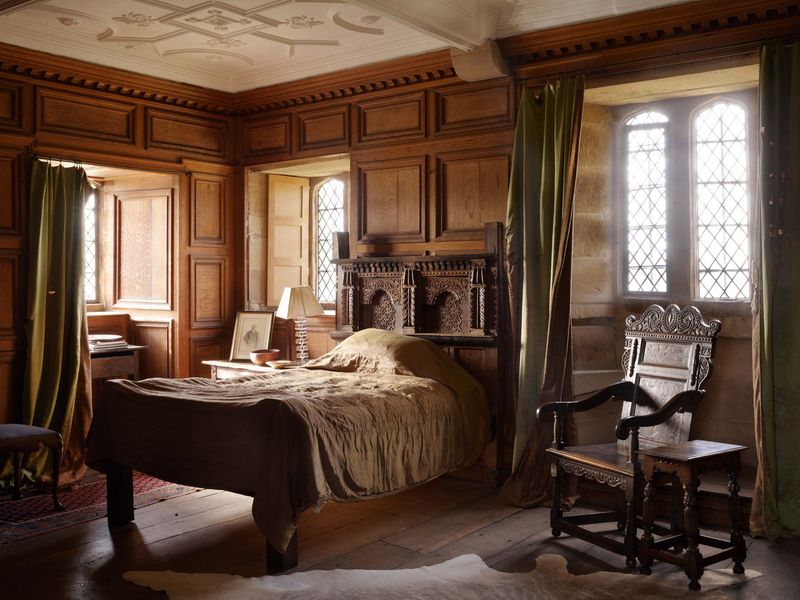
Haddon Hall remained uninhabited for nearly 200 years, preserving its medieval character during times of change.
This period of dormancy allowed the house to avoid the modern alterations common in Georgian and Victorian eras.
Today, stepping into Haddon is like entering a time capsule, where each room echoes the past with original furnishings and decor.
It’s a living museum, reflecting a bygone era with authenticity.
4. The Banqueting Hall
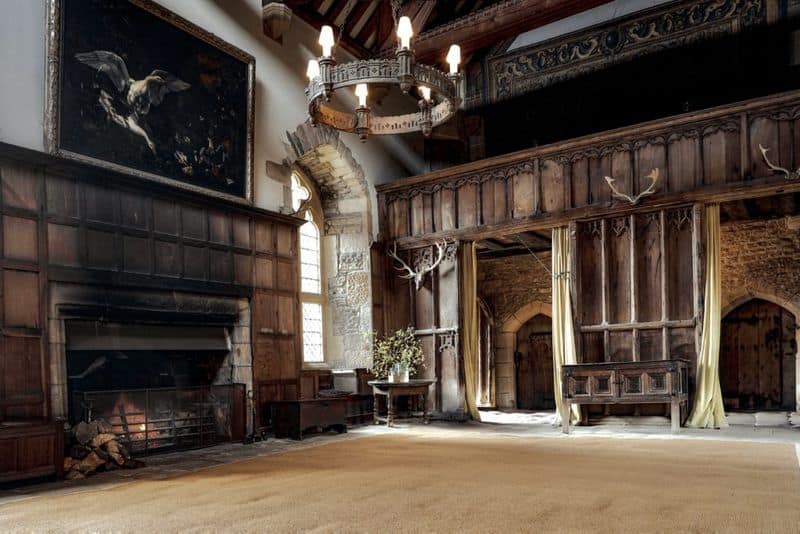
The Medieval Banqueting Hall of Haddon is a space steeped in history, adorned with its original Dais table.
An ancient tapestry, gifted by Henry VIII, graces the wall, adding a regal touch. This hall once hosted grand feasts and gatherings, and its historical significance is palpable.
Visitors can almost hear the echoes of past celebrations, connecting them to the vibrant social life of the medieval era.
5. Historic Restaurant

Within the stable block dating back to the 17th century, Haddon Hall’s restaurant offers a delightful culinary experience.
Here, guests can savor a diverse menu featuring locally sourced and seasonal ingredients.
Whether enjoying a traditional Afternoon Tea or a simple coffee, the restaurant’s charming ambiance and views of the Hall create a memorable dining atmosphere.
It’s a place where history and flavor unite beautifully.
6. Medieval Parkland
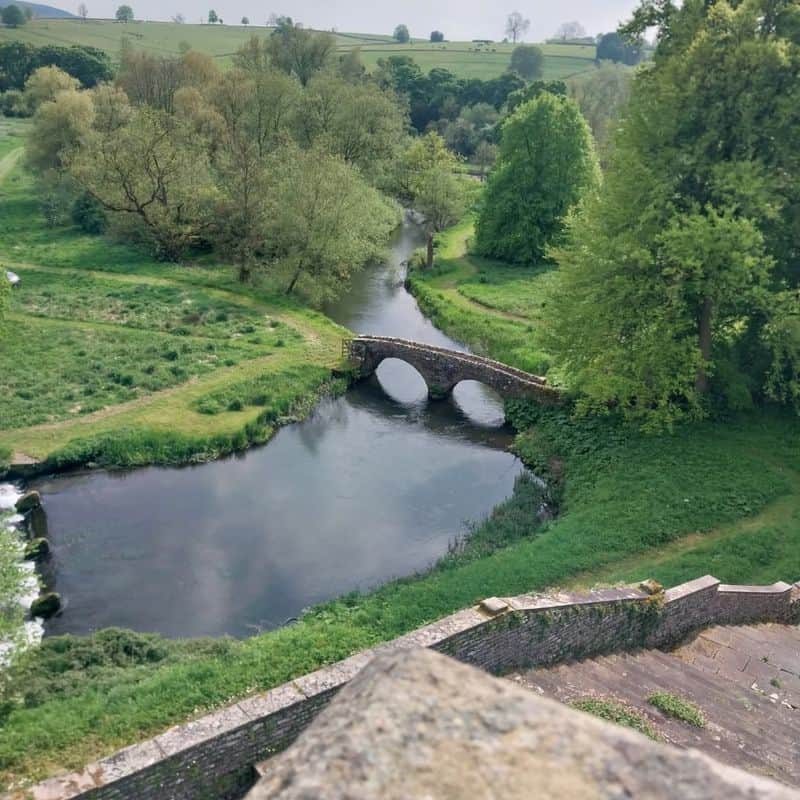
Haddon Hall’s 500-acre medieval parkland stands as a rare gem, largely undisturbed for centuries.
Its ancient pastures offer a glimpse into a world where nature and history coexist harmoniously. Today, visitors can explore this serene landscape on engaging walking tours.
The park’s unaltered state provides a unique opportunity to experience nature as it once was, making it an invaluable ecological and historical treasure.
7. Tudor Painted Ceiling
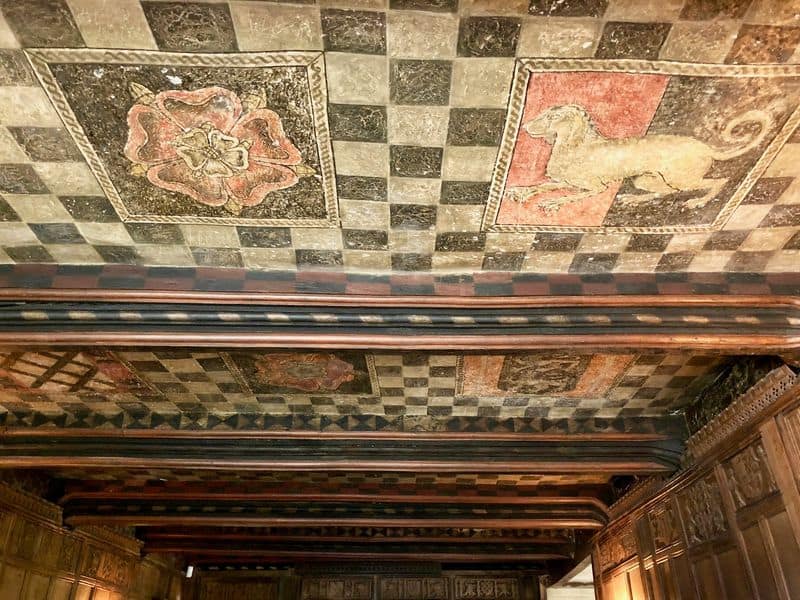
In the Parlour, a stunning Tudor painted ceiling captures the imagination with its intricate floral designs and heraldic paneling.
This masterpiece of craftsmanship reflects the artistic spirit of the Tudor period.
The ceiling’s vibrant colors and detailed motifs celebrate a time when art flourished and interiors were canvases for creativity.
It’s a visual feast that invites admiration and offers a glimpse into a rich artistic heritage.
8. Rare 15th Century Frescoes

The Medieval Chapel at Haddon Hall is home to exquisite and rare 15th-century fresco seccos, adorning its walls with scenes of religious significance.
These works of art, preserved through time, offer a window into the spiritual and cultural climate of the era.
The frescoes’ delicate beauty and historical importance make them a revered part of the Hall’s rich tapestry. They stand as a testament to medieval artistic expression.
9. The Long Gallery
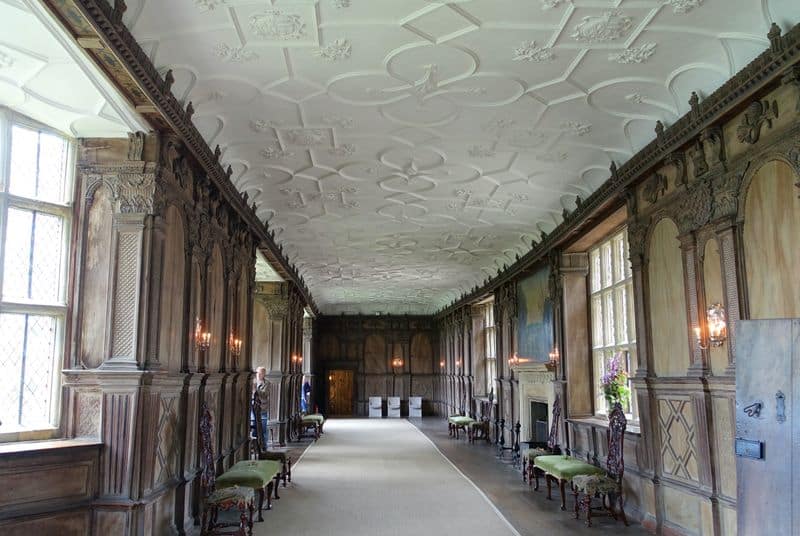
Designed by Robert Smythson, the Elizabethan Long Gallery at Haddon Hall is a marvel of architecture and light.
Spanning 110 feet, it is celebrated as one of England’s most beautiful rooms.
The gallery’s large windows flood the space with natural light, highlighting elegant decor and offering panoramic views.
This room’s grandeur and design reflect the sophistication of the Elizabethan era, captivating all who enter.
10. Elizabethan Walled Gardens
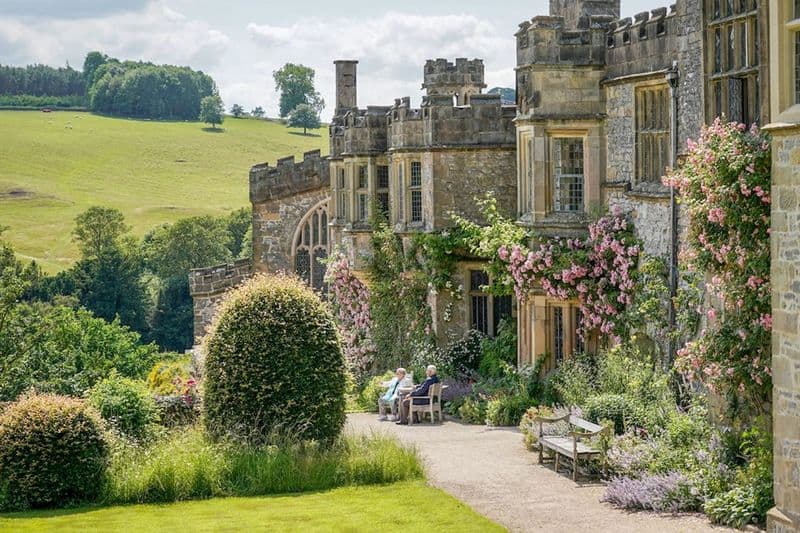
Haddon Hall’s Elizabethan Walled Gardens cascade gracefully towards the River Wye, offering breathtaking views of the surrounding landscape.
Redesigned by Arne Maynard, these gardens are known for their beauty and structure. The harmonious blend of nature and design creates a tranquil and inspiring setting.
Visitors can wander through terraced paths, enjoying a symphony of colors and fragrances that celebrate the artistry of garden design.

